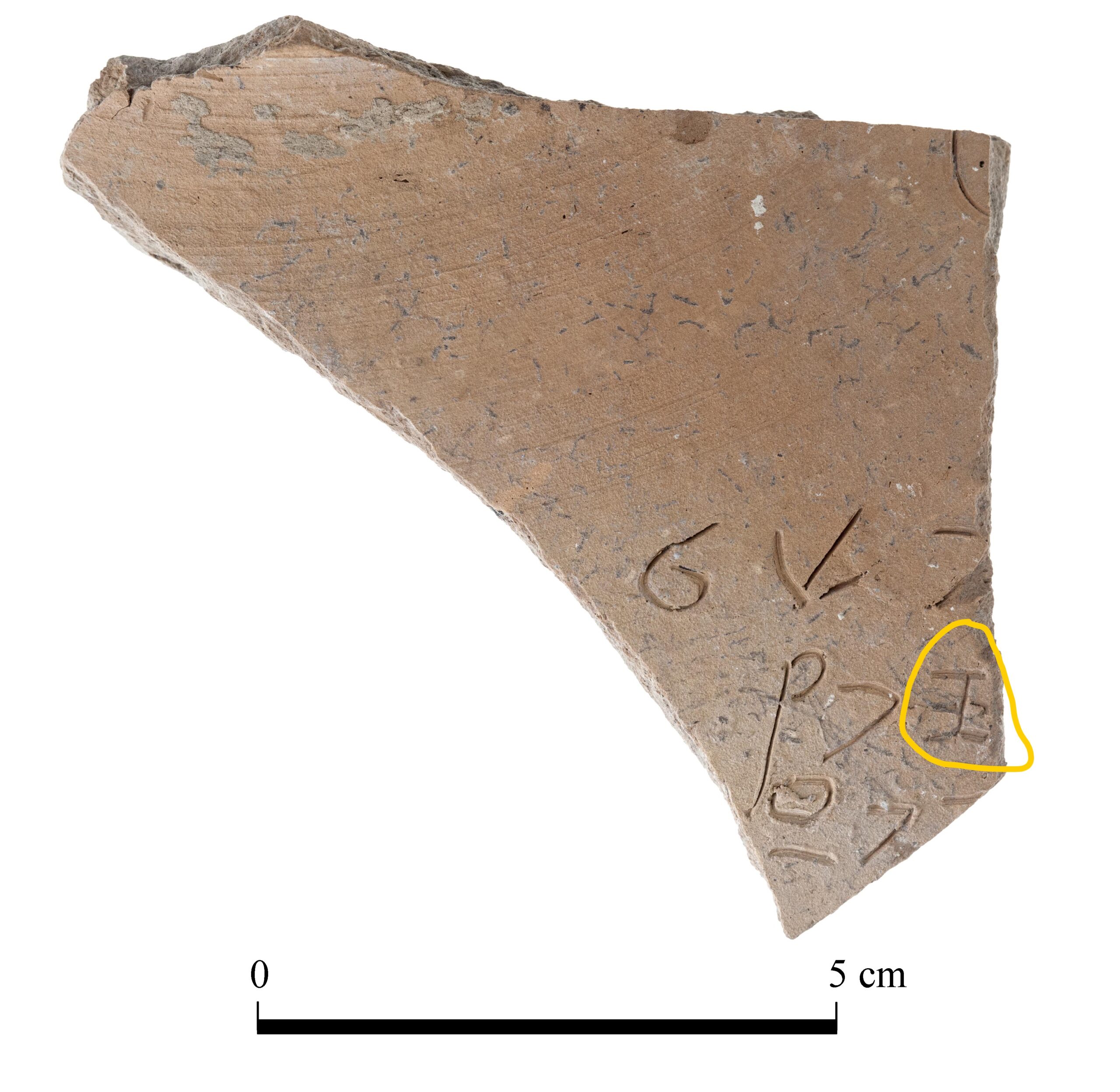The biblical Book of Joshua tells the story of the ancient Israelites’ entry into the Promised Land after a 40-year sojourn in the desert. During the recent excavations at Tel Lachish – a large Bronze Age-era settlement near the present-day Israeli city of Kiryat Gat – the archaeological team led by Hebrew University of Jerusalem scientists reveals for the first time ever extensive ruins of a Canaanite temple dating to the 12th century BCE that they uncovered at the Tel Lachish National Park.

Archaeologists from the Hebrew University of Jerusalem discuss in the latest issue of the journal Levant (with the title “The Level VI North-East Temple at Tel Lachish”) the temple’s possible place in the urban fabric of the city, its plan, the cults that were associated with the temple, some of the more special finds that were found in it and a reconstruction of the temple’s life cycle. The previously unknown Canaanite temple of the 12th century BCE was uncovered in the north-eastern corner of the site.
The team was headed by Prof. Yosef Garfinkel of its Institute of Archaeology and Prof. Michael Hasel at Southern Adventist University in Tennessee have opened a window onto the Canaanite society that inhabited the land during that era.
The Canaanite culture, which dominated the 2nd millennium BCE in the Near East, created most of the prominent tells in the Mediterranean climatic zones of the region and the simple alphabetic writing system that was the forerunner of many of the alphabetic writing systems in use today in large parts of the world, according to the authors.
Lachish, located in the Shephelah region of Israel between Mount Hebron and the Mediterranean coast, was one of the most important Canaanite cities in the Land of Israel during the Middle and late Bronze Ages; its people controlled large parts of the Judean lowlands. The city was built around 1800 BCE and later destroyed by the Egyptians around 1550 BCE. It was rebuilt and destroyed twice more, destroyed for good around 1150 BCE. The settlement is mentioned in both the Bible and in various Egyptian sources and was one of the few Canaanite cities to survive into the 12th century BCE.
According to the Bible, the Israelites captured and destroyed Lachish for joining the league against the Gibeonites (Joshua 10:31-33); the territory was later assigned to the tribe of Judah and became part of the Kingdom of Israel. Of the cities in ancient Judah, Lachish was second in importance only to Jerusalem. As the largest city on the western border of the Kingdom of Judah facing the Philistines of the Coastal Plain, Lachish was fortified with a double line of massive mud-brick walls on stone foundations.
“This excavation has been breathtaking,” said Garfinkel. “Only once every 30 or 40 years do we get the chance to excavate a Canaanite temple in Israel. What we found sheds new light on ancient life in the region. It would be hard to overstate the importance of these findings.”
The layout of the temple is similar to other Canaanite temples in northern Israel, including those in Nablus, Megiddo and Hazor. The front of the compound is marked by two columns and two towers leading to a large hall. The inner sanctum has four supporting columns and several unhewn “standing stones” that may have served as representations of temple gods. The Lachish temple is more squarish in shape and has several side rooms, typical of later temples including Solomon’s Temple.
In addition to these archaeological ruins, the team uncovered a treasure trove of artefacts including, bronze cauldrons, jewelry inspired by Hathor (an ancient Egyptian goddess usually depicted as a woman with the head of a cow, ears of a cow or simply in cow form), daggers and axe-heads adorned with bird images, scarabs and a gold-plated bottle inscribed with the name Ramses II – one of Egypt’s most powerful pharaohs. Near the temple’s holy of holies, the team found two bronze figurines. Unlike the winged cherubs in Solomon’s Temple, the Lachish figurines were armed “smiting gods.”
Of particular interest was a pottery potsherd engraved with ancient Canaanite script. There, the Hebrew letter “samech” appears, marked by an elongated vertical line crossed by three perpendicular shorter lines. This makes it the oldest known example of the letter and a unique specimen for the study of ancient alphabets.
Only time will tell what treasures still remain to be uncovered in the ancient city of Lachish.



